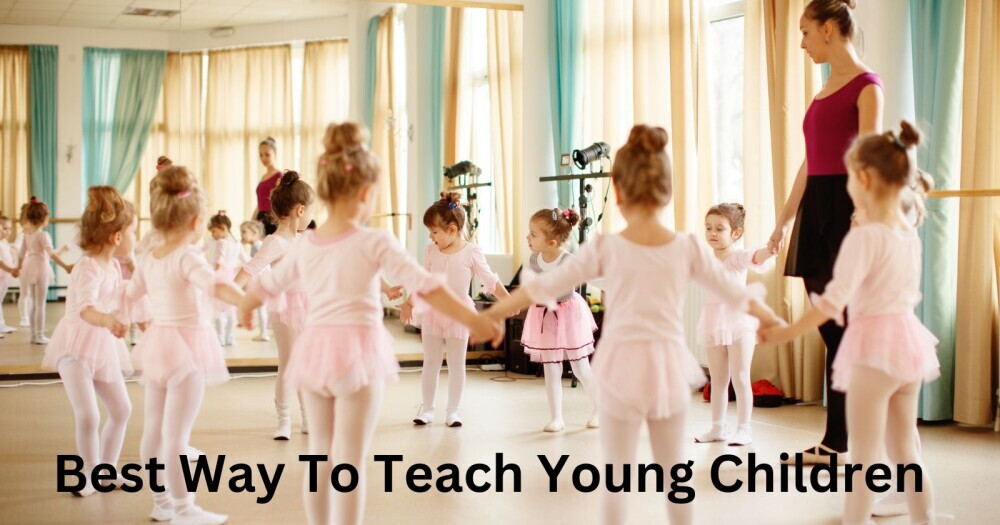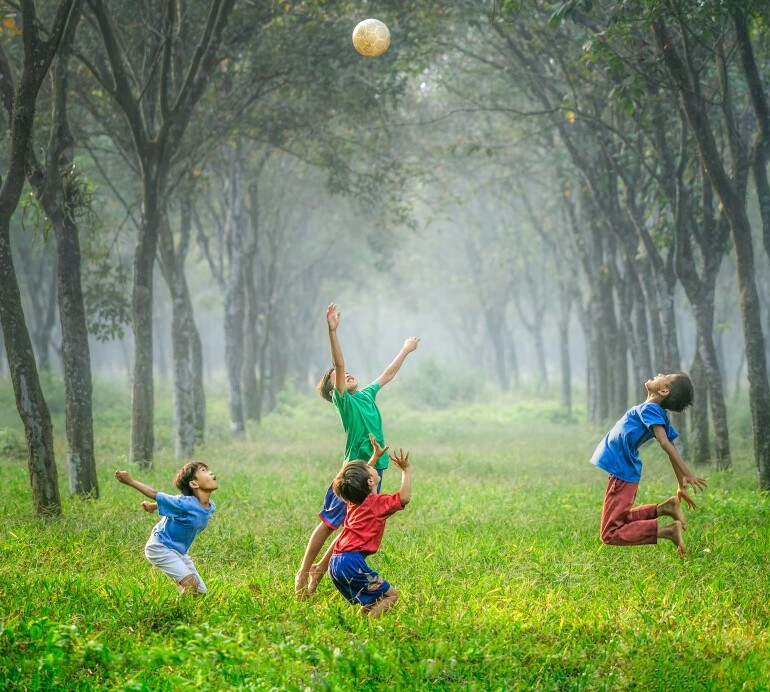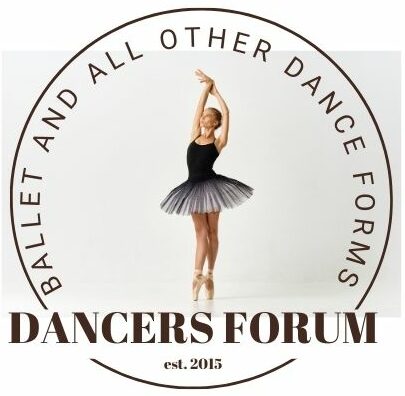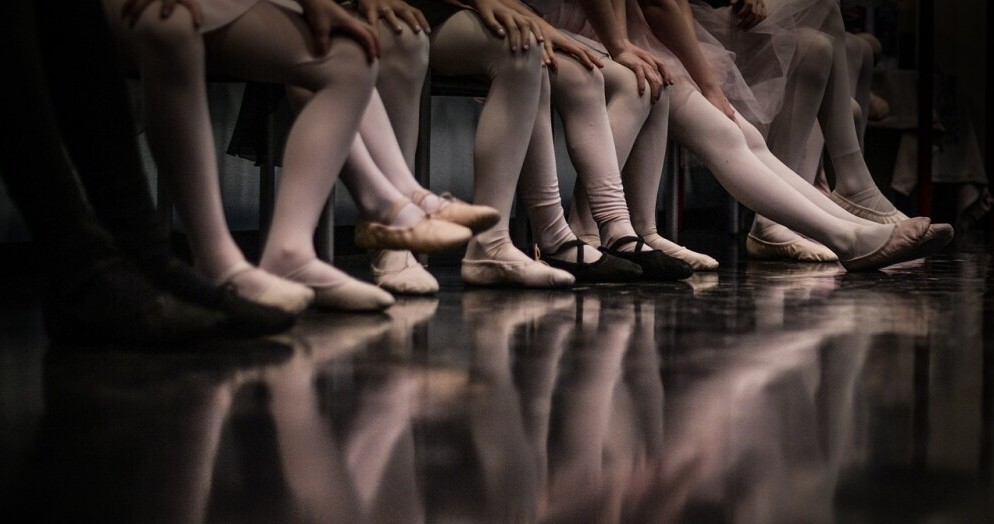If you are wondering what the best way to teach young children to dance is, it is not by doing endless plies or tendus. It’s actually about teaching them to move with increased control, coordination, and confidence.
Fundamental movements involve the raw or core movement, devoid of aesthetic refinement or style.
In order to learn to move with increased control and coordination, children should participate in a wide range of movement experiences.
By feeling the changes in their centre of gravity, whilst static and on the move, children learn how to control and coordinate their movements with increased efficiency.
So as a ballet or dance teacher, you need to be planning activities to develop the fundamental movement for each level in their development.

The Best Way To Teach Young Children To Dance
Some aspects of balance need to be developed for traveling movements to develop.
Stability movements in young children need time and practice in order to develop control and confidence.
Standing, Sitting, And Lying Down:
Young children need to be exploring transfer of weight from standing to sitting, sitting to lying down and vice versa.
Explore and practice moving between these positions, varying how the movements are performed. Try altering the speed and vary the parts of the body involved in the actions. Be aware that some children may have a fear of lying back in a new environment. Allow them to watch, and they will participate when they are ready.
Starting and Stopping:
Gaining control over starting and stopping is essential for safety.
Give clear instructions to the children as to how and when you want them to start and stop. For example, with the music or when they hear a special sound or signal.
Once they are familiar and confident with new activities, add challenges such as restricting the use of the hands as they get up, or stopping with the hands in the air or even stopping on one leg.
Balancing:
In balance training, vary the parts of the body that are in contact with the floor. Ask them to try and balance on one knee and one hand, or lie on their back or side and stretch their limbs away from their centre. Try to balance on the opposite hand and foot, then the same hand and foot. Encourage them to try and keep still and direct their focus.
Stability gives confidence that can lead to competence in moving well.
Bending and Stretching:
Try to think up activities that use all parts of the body. Try to let them bend from the tummy to put on shoes or climb up a ladder with their arms.
Move slowly like a caterpillar, balancing on one leg while bending forward. Bend to the side, twist to the back. Let them go on their hands and knees and bend one knee in towards their tummy.
Rocking, Rolling, And Swinging
Transfer of weight can also be encouraged with rocking movements. They can rock standing, sitting cross legged, or with legs stretched out on the floor.
Challenge them to rock and adjust to a partner facing each other or even back to back while keeping the same timing.
Rolling is also a lot of fun and creates excitement as children lose their balance momentarily and give in to gravity.
Explore rolling from side to side and then all the way around, and then try with legs tucked into their chest. Make sure that they experience rolling to the right and the left.
Once children have relative control of their centres, swinging movements can be introduced.
Travelling Movements

The best way to familiarise the children with the dance space in as safe a manner as possible is by walking.
Thereafter, children can experience a variety of movements using varying stimuli such as pictures, stories, poems, and music.
Movement can include running, walking on tiptoes, stomping, and sliding.
Try adding hoops and chalk lines to make patterns for them on the floor. Move at different speeds, like walking slowly or running quickly. Older children can then start moving balancing scarves or bean bags on various parts of their body.
Children can also be challenged to do various activities while moving, like nodding the head, shaking the shoulders, bouncing or even lifting the feet.
Each movement can also be adapted to show intent and purpose, like lazy walks, happy runs, or angry marches.
Crawling And Slithering:
The cross-lateral movement of crawling with opposite hands and legs should be practised regularly. Crawling is crucial for activating full sensory functioning and learning.
This type of movement involves working both sides of the body and coordinating movements of eyes, ears, hands, and feet as well as the core stability muscles.
As a result cognitive functioning increases with both sides of the brain being activated in unison.
Slithering coordinates one side of the trunk with the opposite leg to move.
Not only is this movement fun to do, but it is also excellent for developing children’s coordination and flexibility and control of the spine and its supporting core muscles.
Another fun cross-lateral activity for children to practice is walking slowly, lifting their knees, and touching their knee with their opposite elbow. This is both challenging and fun, enhancing control and coordination whilst again activating full brain functioning.
Movements Of Elevation:
Bouncing, jumping, hopping, springing, and leaping require strength, power, and coordination. As a result these movements should be practised regularly, where attention is paid to developing control over the landing.
Springing is leaping from one foot to the other, alternating landing feet.
Leaping is a take-off from one foot and landing on the other with greater elevation and comes from a run, increasing the distance covered.
Hopping is jumping from one foot and landing on the same foot.
Skipping And Galloping:
These types of movements can be introduced gradually as they require more control and coordination.
A typical three-year-old won’t be able to skip until they are close to four, however, they will find galloping easier, as it is a step and a spring with one leg chasing the other, done either forwards or sideways.
So I think that the best way to teach young children to dance is by teaching them to move freely and with co-ordination first. By doing this, you will be instilling the confidence in them to move onto the bigger things.


Engaging young children in dance requires a focus on developing fundamental movement skills like balance, coordination, and control. Incorporating activities that explore weight transfer, starting and stopping, and various body positions can build a solid foundation. Utilizing imaginative storytelling and themes can further captivate their interest and make learning enjoyable. By emphasizing these elements, instructors can foster a love for dance while enhancing children’s physical abilities.
I really enjoyed reading this article, it made me think about how fun and important dance can be for kids, not just for movement but also for confidence and creativity. Sometimes it’s hard to keep their attention, especially if they get distracted easily or lose interest quickly. Do you have any tips for keeping children engaged and focused during a dance class? I’d love to know what kind of music or activities work best to keep it playful but still help them learn. Thanks for sharing these helpful ideas!
For me, I don’t keep them in one place for too long. I sit a little, stand a little, move a little then do something fun and repeat. Keeping the class flowing has taken me years to master, but I think I have it now.
Hello Michel,
You offer a thoughtful and developmentally sound perspective on teaching young children to dance. Instead of focusing on traditional dance drills like pliés and tendus, it emphasizes foundational movement skills—balance, coordination, confidence, and core control—which are far more appropriate for young learners.
I really appreciate how the article highlights movement as a progression rather than jumping straight into formal dance technique. For children, play-based and sensory-rich experiences are not just more engaging—they’re vital for proper motor development. By encouraging children to explore various types of movement (rocking, crawling, slithering, balancing), you employ a joyful process for children to learn how to control their bodies.
The practical tips—such as gradually introducing movement types based on developmental readiness and being sensitive to children’s comfort levels—are particularly useful guiding early motor development. Plus, there’s a strong emphasis on making movement playful and fun, which helps children build a lifelong positive association with physical activity.
I have a couple of questions, how can dance instructors adapt these techniques for children with physical or cognitive differences? And how can parents reinforce these movement skills at home without making it feel like “class”?
Thank you,
Mark
Interesting question Mark. I have just actually been on a course to learn how to teach children with differences, and we also have a few within our studio.
Each child is different whether or not there are any physical or cognitive differences, and you need to be adaptable in your teaching methods and adjust your approach according to what these children can do and what they need.
There are many fun ways to teach dance so that the children enjoy their classes and don’t feel like they are working, but they are always learning without realizing it.